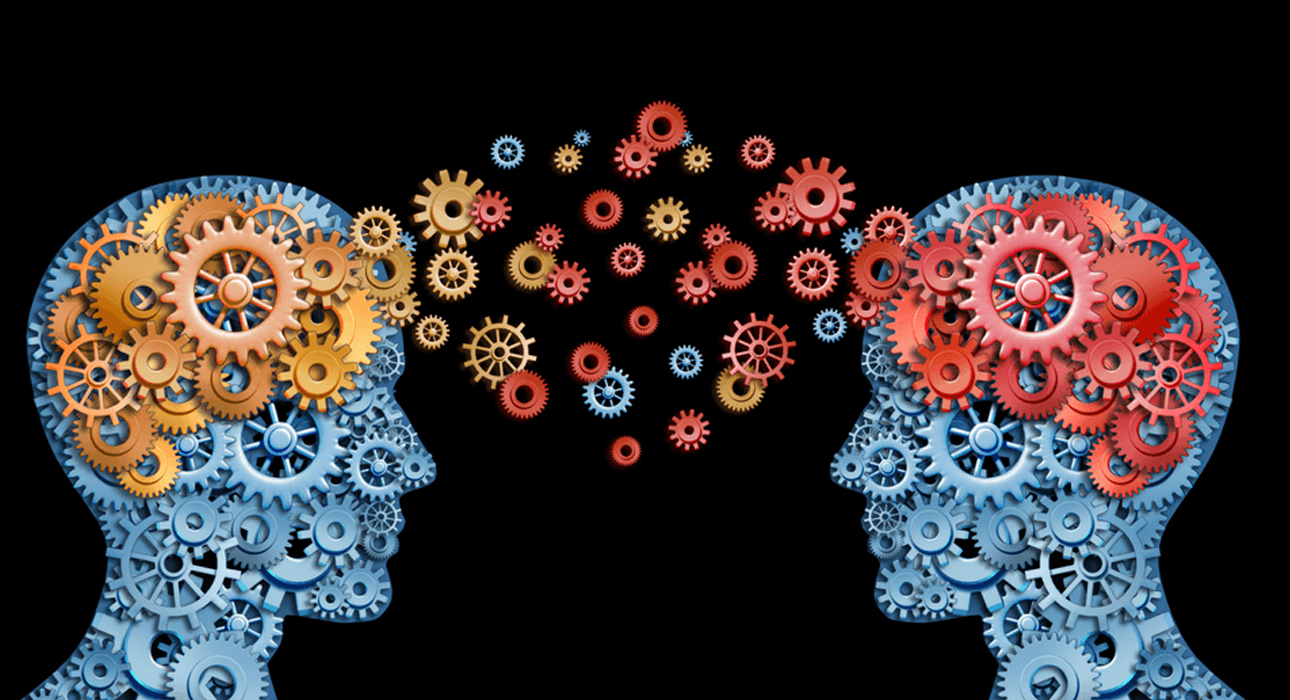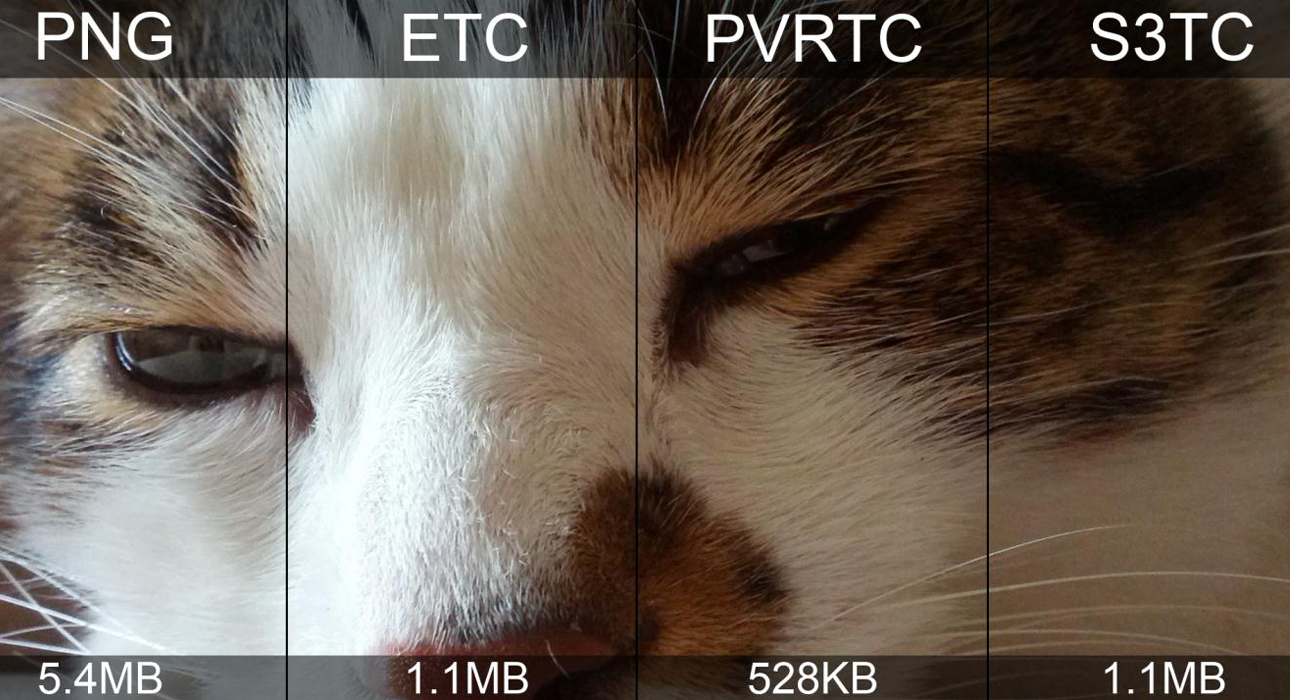The modality of including image is regarded to be an art that depicts the exact message in the much interactive way. Image Alchemy is a well-recognised development software model that manipulates the image files of the computer.
It is held to transform various file formats into a specific file format, widely accepted for its multipurpose functionality which includes using colours, resizing, and altering the colour space. It is estimated that the Data Platform has expanded its territory and is pulling off in the rattle of software management machinery.
Alchemy is intricately linked to converting multiple variations of raster files into PCX and TIFF format.
We are going to navigate some of the very popular formats available in this regard and highlight their pitfalls and up scaling features.
1. Adobe Acrobat
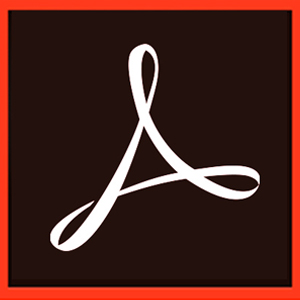 These files are used by the adobe acrobat having the extension.pdf. With this file, you can provide the documents to far off places without causing any discrepancies in the quality.
These files are used by the adobe acrobat having the extension.pdf. With this file, you can provide the documents to far off places without causing any discrepancies in the quality.
We here will now discuss some of the advantages and disadvantages of using adobe.
Advantages
The advantages of using the Adobe file are that it uses the written format in 1 bit within the black and white motifs.
The characters are paletted by 8 bit. It is easy to support the group 3 and 4 images that are able to get compressed in black and white colours. The coloured image of 24 bits can be recognised with the adobe acrobat file.
Drawbacks
Image alchemy standard version cannot recognise the PDF files. So it gets really difficult to get through in the modern world where every communication is made using the .pdf files.
2. The BMP Of Alpha Microsystems
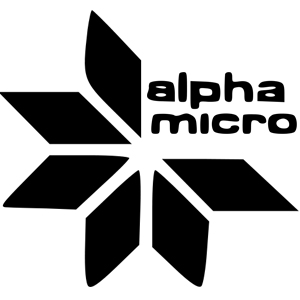 The bitmap image files are operated with the windows OS. These are characterised to be large and uncompressed having highest quality.
The bitmap image files are operated with the windows OS. These are characterised to be large and uncompressed having highest quality.
These files are synonymous to raster images. The image size can be 8bit to 24 bit with each pixel is larger.
Advantages
With Alchemy software, you can read and write every bit that ranges from 1 to 21 bits. It is also supplemented with the packed and unpacked RGB images encoding the run length.
Disadvantages
It is regarded not to support the HLS file type. Thus, reading and writing of the HLS file becomes difficult and narrowed down.
3. FLC Format Of The Autodesk Animator
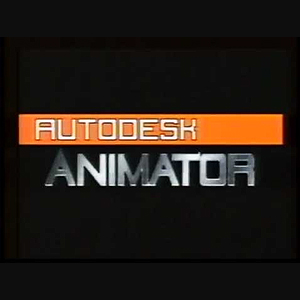 The Autodesk animator is having an extension of .flc that is suitably taken for Autodesk.
The Autodesk animator is having an extension of .flc that is suitably taken for Autodesk.
In this format, the reading is supported in the ascending order.
Advantages
It is available to read the 8-bit image system using the interface.
Disadvantages
The main disadvantage it posses is that Image Alchemy is enabled to read such file format and is unable to edit such files.
4. AVHRR
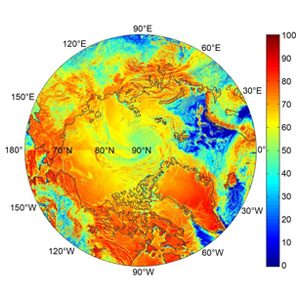 This file has profoundly being accepted in the satellite imaging of the raw data. It is having an extension of .sst created by the NOAA and NESDIS. It is responsible to carry a multitude of data that not linked to the image.
This file has profoundly being accepted in the satellite imaging of the raw data. It is having an extension of .sst created by the NOAA and NESDIS. It is responsible to carry a multitude of data that not linked to the image.
It efficiently records the time and the type of instruments that are used. The AVHRR marks 0 for the information that has no data.
Advantages
The advantages of AVHRR files are that 8 and 11 bits are read while the 11bits per pixel can be easily written using this platform.
Disadvantages
It is estimated that Alchemy can discard the top 8 bits when it is engaged in determining the 11 bits files. While reading the file the entire non-graphic is generally discarded using the Alchemy.
5. BIF Or The Binary Information Files
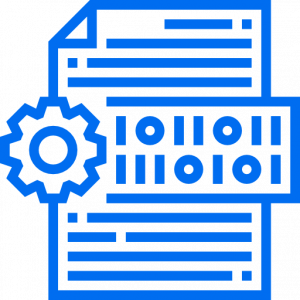 These are the image files loaded with only the pixel data. The image does not present information that enables them to be read.
These are the image files loaded with only the pixel data. The image does not present information that enables them to be read.
When images are expected to be exclusively in pixels, BIF files are used.
Advantages
The images that are based on 24 bits are generally relevant to have true colours. The 8-bit images are greyscaled and those which are in 1 bit are present in white and black tone.
When reading this data the group 3 and 4 including the packed BIF are all oriented in the back and white format.
Disadvantages
These BIF files cannot be read unless they are scaled with pseudo colours. The BIF files having the ASCII options are unreadable by Alchemy.
6. Calcomp CCRF
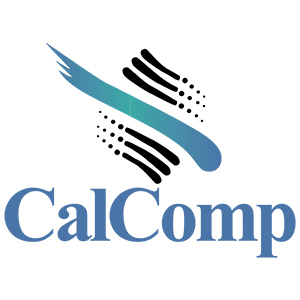 It is another form of raster files that are used by the thermal transfer printers, inkjet plotters and the electrostatic printers.
It is another form of raster files that are used by the thermal transfer printers, inkjet plotters and the electrostatic printers.
They are customised with the extension .car, .ccrf, and .prn created by the calcomp.
Advantages
The 1 bit black and white CMYK can be plotted using the platform. The padding and landscape option is applicable to the printers. The paddling is required by the old models. The landscape is able to work with the landscape orientation instead of using the portrait orientation. The dot expansion allows the devices to operate on the half resolution image. The entire system is buffered before the start of the processing event.
Limitation
There is no vital discrepancy that was recorded using the Alchemy platform.
7. Erdas LAN/GIS
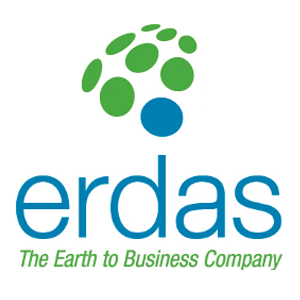
The Erdas files comprise of one band files that read in the grey scale images while the three bands recognise the true colours.
The colour stacking is done using the three colour band 1, 2 and 3 which is red, green, and blue respectively. It is massively used as a remote sensing tool.
Advantages
Alchemy is capable of recognising with the 1 and 3 bands that are red and blue bands. It is also capable of reading and writing them, while it is not able to correlate with the second band. Another feature that is considered to be as advantageous is that it reads the 4 to 16-bit file range but only reads the 8-bit format.
Limitations
The extension is in disregard to the bands used to classify the image. The grey scale bands are needed to be recognised as .gis while the images having the true colours need to demarcate by the .Ian. Alchemy is capable of utilising .Ian format.


